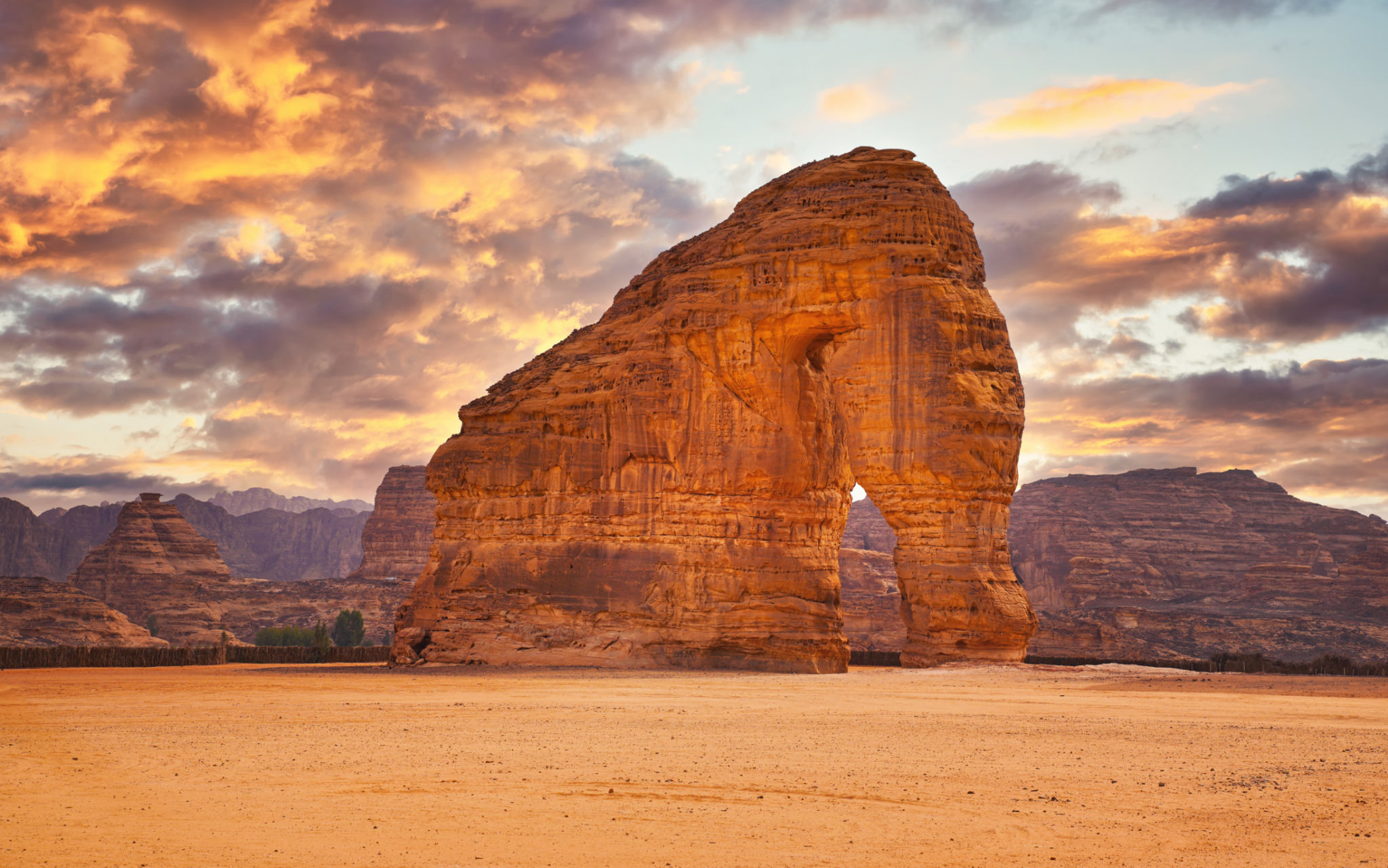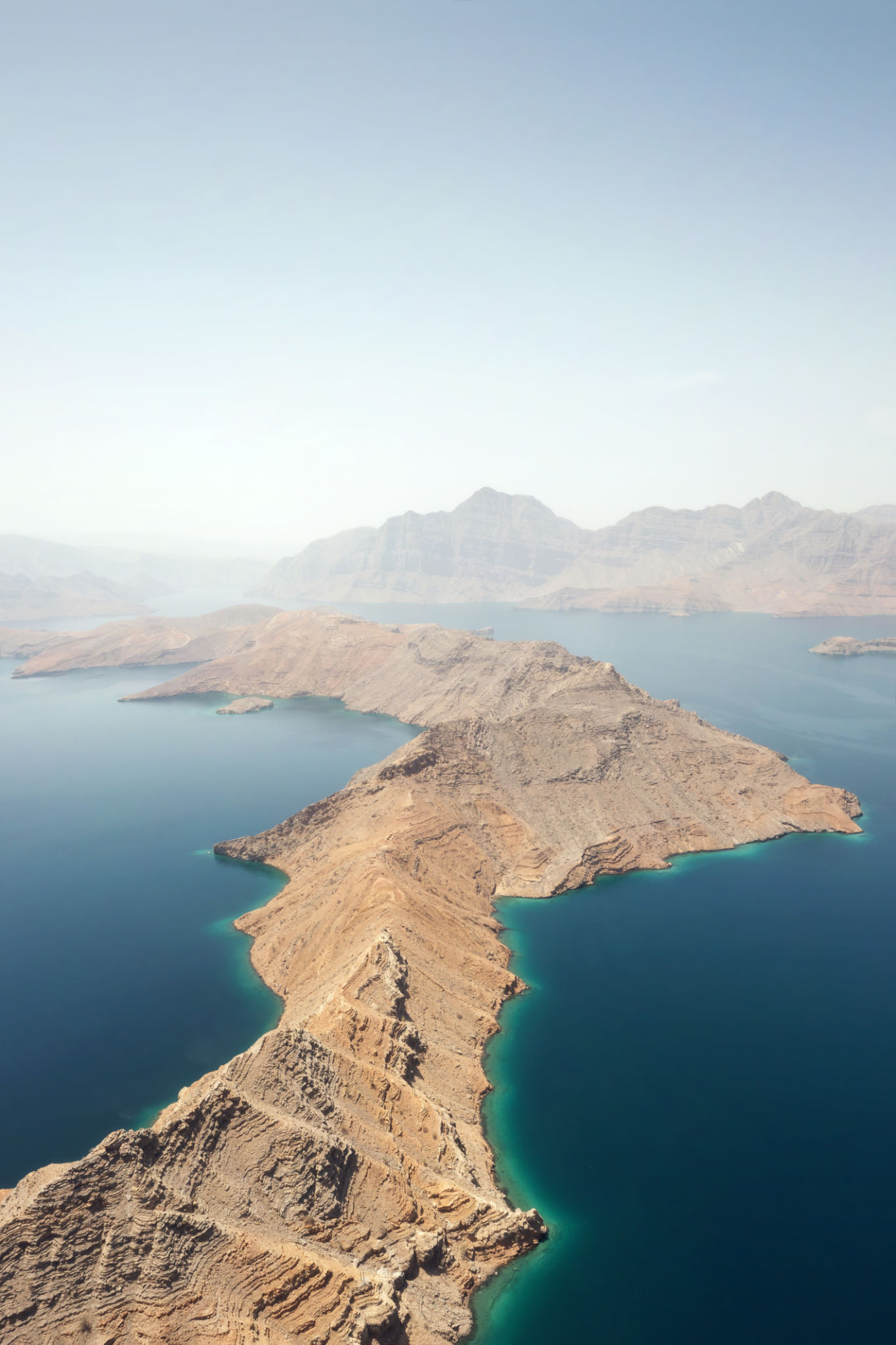Discovering Hidden Gems: Unique Middle Eastern Destinations Off the Beaten Path
When it comes to travel, the Middle East often conjures images of bustling souks, ancient ruins, and iconic landscapes like the deserts of Jordan or the pyramids of Egypt. However, this region is also home to lesser-known destinations that offer a unique glimpse into its rich history and culture. For those seeking adventure beyond the typical tourist trails, discovering these hidden gems can be an unforgettable experience.
Al Ula, Saudi Arabia
Al Ula, located in northwest Saudi Arabia, is a destination that seamlessly blends natural beauty with historical intrigue. Often referred to as the 'open-air museum,' Al Ula is home to dramatic rock formations and sprawling desert landscapes. But what truly sets it apart is Madain Saleh, an ancient Nabatean city carved into sandstone, which rivals Petra in its grandeur and mystery.

Visitors to Al Ula can explore the intricate tombs and stunning petroglyphs that tell stories of civilizations long past. To enhance your experience, consider visiting during winter when the region hosts its annual Al Ula Festival, featuring art installations, cultural events, and music performances under the stars.
Musandam Peninsula, Oman
The Musandam Peninsula is often referred to as the "Norway of Arabia" due to its dramatic fjord-like landscape. This Omani enclave offers breathtaking views of rugged mountains plunging into turquoise waters. A cruise through the fjords on a traditional dhow boat is a must-do activity, providing opportunities to spot dolphins and explore hidden coves.
For those who prefer land-based adventures, the region offers excellent hiking opportunities with trails that lead to panoramic viewpoints. The serene atmosphere and untouched beauty make Musandam an ideal escape for nature lovers and adventure seekers alike.

Kurdistan Region, Iraq
Often overlooked due to its tumultuous history, the Kurdistan Region in northern Iraq is a treasure trove of cultural and natural wonders waiting to be explored. Erbil, the capital city, boasts a vibrant history with its ancient citadel that dates back thousands of years. Walking through the citadel's narrow lanes provides a glimpse into the region's storied past.
Outside the urban center, Kurdistan offers stunning landscapes ranging from lush valleys to rugged mountains. The town of Rawanduz is particularly popular for its dramatic gorges and scenic viewpoints. A visit to the region isn't complete without experiencing the warmth and hospitality of the Kurdish people, who are eager to share their culture with visitors.

Qeshm Island, Iran
Qeshm Island, situated in the Persian Gulf, is Iran's largest island and a UNESCO-recognized geopark. With its unique geological formations and diverse ecosystems, Qeshm is a paradise for nature enthusiasts. The island's mangrove forests, known as Hara Forests, are a haven for birdlife and can be explored by boat.
Another highlight of Qeshm is the Valley of Stars, a surreal landscape sculpted by wind and water over millennia. The island's cultural heritage is equally fascinating, with traditional villages where residents still practice ancient customs and crafts.
Practical Travel Tips
If you’re planning a visit to these hidden gems in the Middle East, consider these practical tips:
- Research Visa Requirements: Each country has its own entry requirements. Ensure you have the necessary visas well in advance.
- Respect Local Customs: The Middle East is rich in traditions. Familiarize yourself with local customs and dress codes to ensure a respectful visit.
- Hire a Local Guide: A knowledgeable guide can enhance your experience by providing insights into the history and significance of each site.
Exploring these less-traveled paths in the Middle East not only enriches your travel experience but also supports local communities eager to share their heritage with the world. So pack your bags and embark on an adventure that promises both discovery and enlightenment.